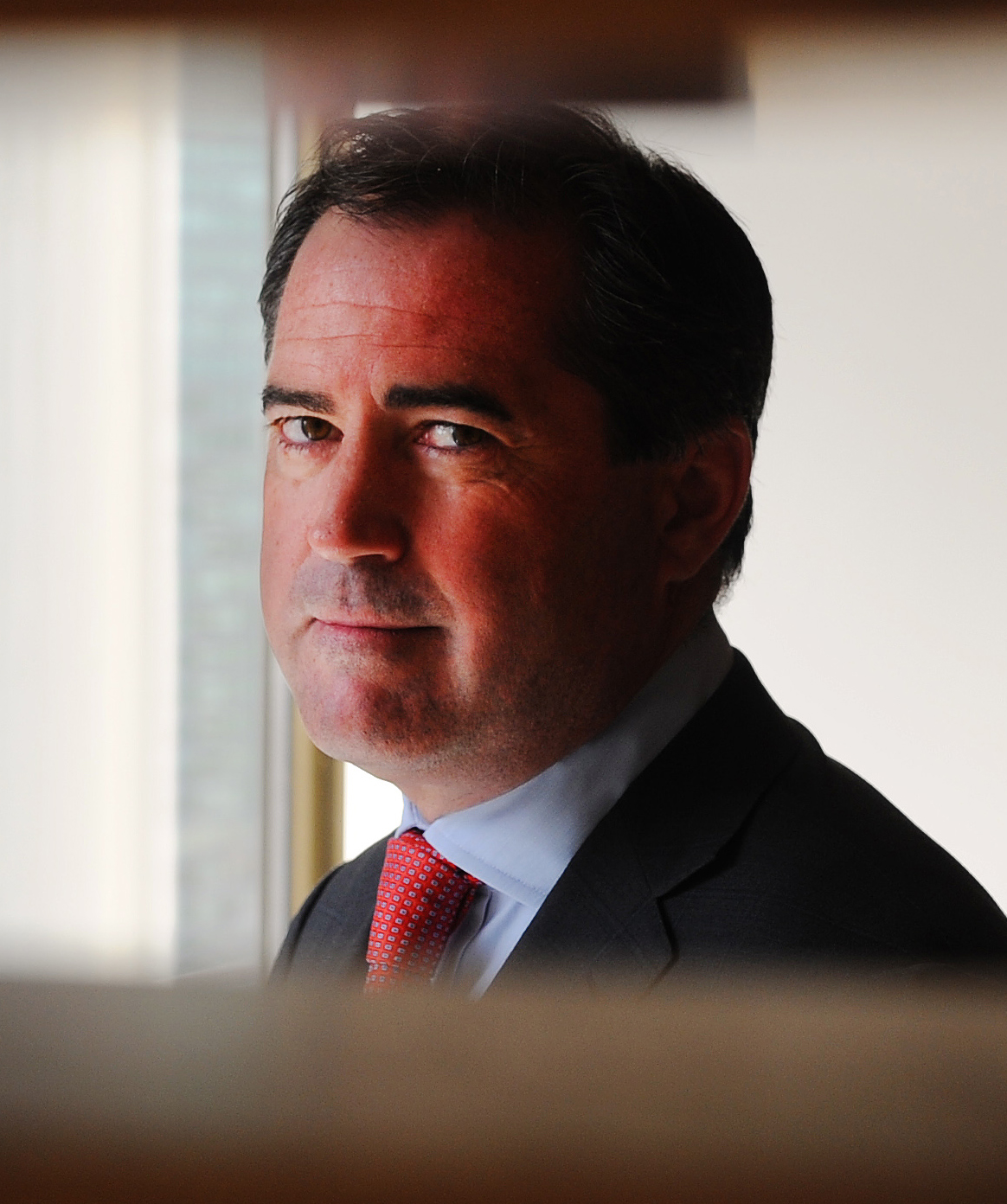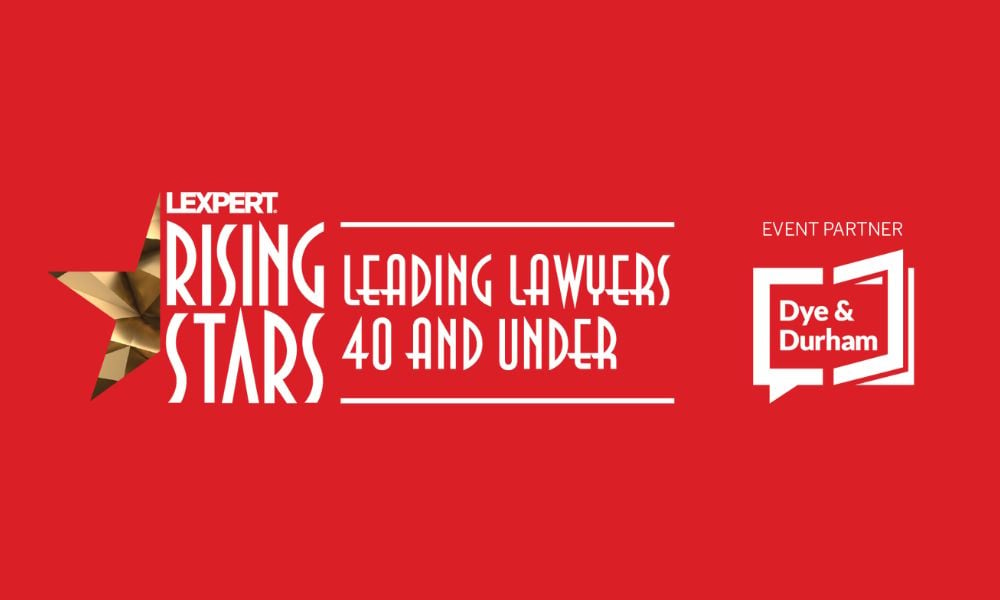Big corporations may soon be looking at third-party litigation funding as a means to go after commercial matters they thought would be too costly to fight.
 In September, Bentham IMF hosted a panel of litigators, legal experts and academics from Canada, Australia and the U.S. in Toronto to discuss the Canadian perspective on litigation funding.
In September, Bentham IMF hosted a panel of litigators, legal experts and academics from Canada, Australia and the U.S. in Toronto to discuss the Canadian perspective on litigation funding.
The discussion focused on how litigation funding might serve the legal market in Canada and on the legal and ethical questions that arise in funding transactions.
Latest News
“The funders are certainly in our marketplace looking for cases,” says Lincoln Caylor, commercial litigation and fraud lawyer with Bennett Jones LLP in Toronto who was part of the Bentham roundtable in September. “Firms that . . . don’t realize that if you’re acting for potential defendants and/or if you have potential plaintiffs [with] this in the market and it’s not going away.”
Bentham IMF released a white paper today on the findings of the roundtable.
“Our market research indicates that Canada is likely to embrace litigation funding, just as we have seen in other sophisticated legal markets throughout the world. It’s very exciting to be at the forefront of building this industry in Canada,” says Tania Sulan, chief investment officer with Bentham in Toronto.
While there have already been some third-party-funded cases in Ontario and Quebec, it is still early days for the funding model in Canada.
“I think it will change things for the legal market and law firms mostly in Toronto as the case size has to be a pretty substantial piece of litigation — minimum is $10 million to $15 million before you would get many funders interested,” says Caylor.
As Legal Feeds reported in October, third-party litigation funding is well established in Australia, the U.S. and elsewhere. It makes large-scale commercial litigation more appealing for litigants.
Caylor says substantial cases “with merit” that “weren’t going anywhere before” will now have the potential to get funded.
“Most will be plaintiff cases against deep-pocketed corporate Canada,” he says.
“It’s all about realizing that litigation is an asset or a liability depending on whether you’re making a claim or defending it, and once you realize it’s an asset I think you’ll eventually see more larger corporations as potential plaintiffs managing their litigation by using funders to take the risk and get it off their balance sheets, which you see in the U.S., Australia and U.K,” he says.
The roundtable agreed litigation funding could benefit the Canadian legal market in several ways:
• provide access to justice for those who cannot properly resource their litigation;
• enable corporate clients to more effectively manage cost and risk;
• permit lawyers to take on cases they might not otherwise be able to accept; and
• generate more efficient and reliable revenue sources for law firms.
The roundtable also looked at professional and ethics questions including whether:
• litigation funding is contrary to the doctrines of maintenance and champerty;
• the litigation funder can play a role in the conduct of the litigation;
• a client waives privilege by disclosing documents to a funder;
• funding arrangements should be disclosed to the defendant and/or the court; and
• the litigation funder’s terms are fair.
The roundtable concluded the ethical concerns are either manageable under current rules and regulations or “more apparent than real.”
“When you’re acting for someone who is getting funding I think the way to make sure you’re proceeding in a proper way is to disclose the fact there is litigation funding either to the case management judge or the court,” says Caylor.
Roundtable participant Jacqueline Horvat of Spark LLP and a lecturer at Windsor Law School, commented that there is a perception by some lawyers that litigation funding could be a threat to their firm’s revenue. However, by working with a litigation funder, law firms can "generate additional work now, increase profitability and smooth cash flow."
In a litigation funding transaction, the funder (not party to the litigation), pays all or part of a party’s litigation costs in return for a fee. The costs typically include a lawyers’ fees, expert reports and other disbursements.
The funder may also provide working capital to the client.
In its report, Bentham says Canada is a hybrid of what is on offer in the U.S. and Australia. In Australia, contingency fees are prohibited and there is a tough adverse costs regime. As a result, it can be hard to pursue cases without external funding. In Australia, funders often pay the lawyers’ full hourly fees and will meet any court-ordered costs.
In the U.S. contingency fees are prevalent in commercial litigation and adverse costs are very rare and so funders usually only cover a portion of the law firm’s fees as a case progresses, and the law firm carries the reminder in return for a partial contingency fee. Unlike in Australia, the risk of paying court-ordered costs does not need to be allocated in the U.S.
“This dynamic means there is real opportunity for flexibility in litigation funding arrangements in Canada, depending on the needs and risk appetite of clients and law firms.”






